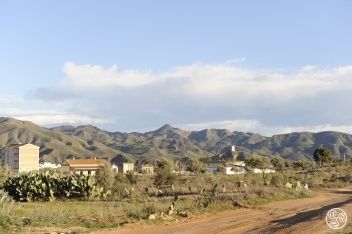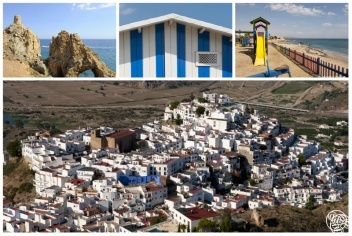El Ejido
El Ejido is one of the most popular tourist destinations along the Almerian coast for beaches and sunshine, with an interesting artistic and cultural heritage for visitors to enjoy. The area also offers a rich natural setting in the Reserve of Punta Entinas-Sabinar, a complex of dunes, beaches and lagoons which is home to various, mainly aquatic, birds.






